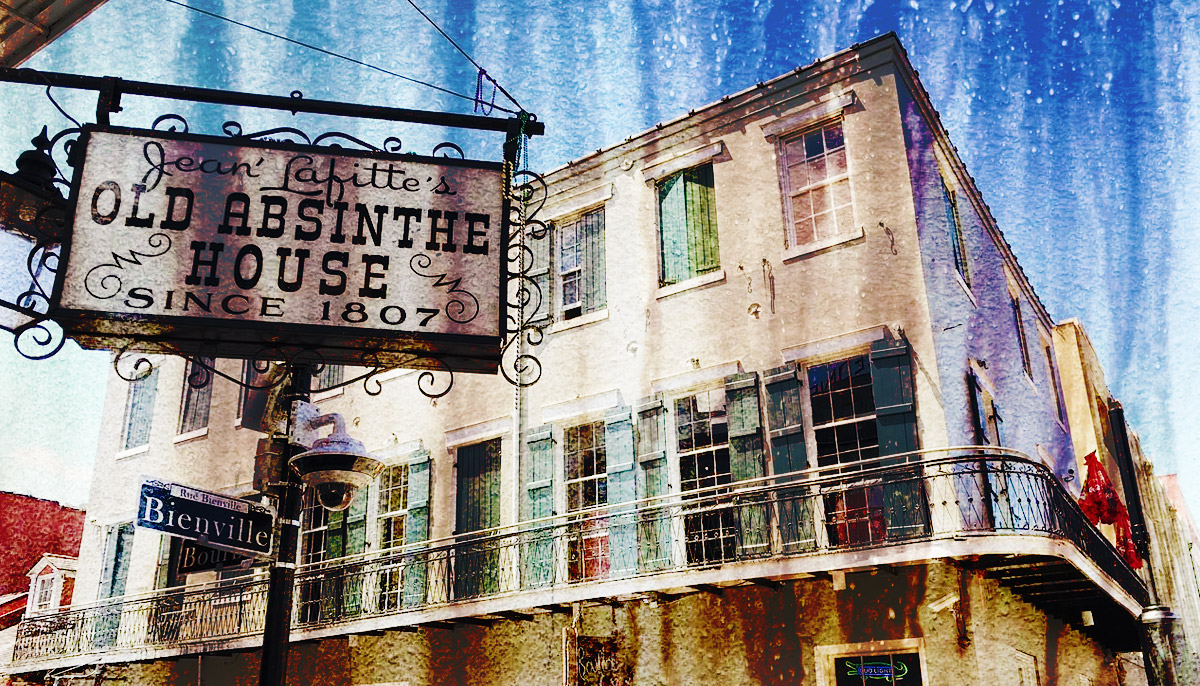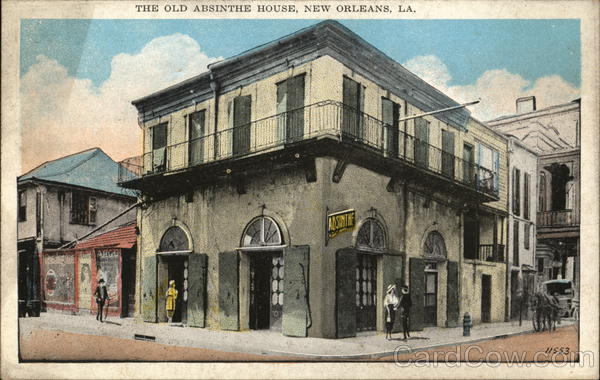

The Italian is far more bitter, while the pith of the Pontic is sweet. “There are several kinds of absinthe: that called Santonic from a city of Gaul, the Pontic from Pontus, where cattle grow fat on it and because of it are found without gall there is none finer than this. He is known for his great compendium of the knowledge of the ancient world called Naturalis Historia (Latin for Natural History):

He was an Roman scholar, author, naturalist, and naval and military commander. The first written detailed description of absinthe’s use and therapeutic properties was written by Gaius Plinius Cecilius Secundus (23 A.D.-79 A.D.), better known as Pliny the Elder’s.

We will likely never know the exact origins of the very first absinthe ever distilled or the name of its original inventor. mention that wormwood’s medicinal as well as religious significance, and even a drink that was fortified with extract of wormwood. The popularity of absinthe lasted just over 100 years.Īccounts in ancient texts dating as far as 1500 B.C. Of course, these effects can be noticed by anyone who drinks too much! Physical effects of nausea, disorientation, hallucination and seizure were noted by the drinkers of absinthe. The effect of this drink was related to the degree of dilution, the amount imbibed, and the frequency of drinking. The spoons themselves were often works of art, covered with filigree flowers and stars, or shaped like sea shells. The sugar helped take the bitter edge away from the absinthe, and when poured into water, the liquor turned a milky white. The sugar cube was place on an absinthe spoon (a small slotted spoon), and the liquor was drizzled over the sugar into the glass of cold water until the sugar was dissolved and the desired dilution was obtained. Wormwood had been used medicinally since the Middle Ages to exterminate tapeworms in the abdomen while leaving the human host uninjured and even rejuvenated by the experience.Ībsinthe – the “Green Fairy” is traditionally served with water and a cube of sugar. It produces a bitter, dark-green oil once used in making absinthe, vermouth, and other bitters. It is specifically the Eurasian perennial (Artemisia absinthium) that is so notorious in the cocktail world. Other liqueurs used today as a substitute for wormwood are Ricard, Hersaint, Anisette, Ouzo, and Sambuca.ĭefinition of Wormwood: Wormwood is a derivation of the German word “wermut” or the Anglo-Saxon word “wermod,” and has a lineage to the word “vermouth.” Wormwood has also come to mean a bitter or mortifying experience.Īny of 250 strong-smelling plants with white or yellow flowers that are generally classed as weed. It is still distilled today, only without the wormwood. When mixed with water, the liquor changes to cloudy white. The drink is distinguished by its dazzling emerald blue-green clarity, due to its chlorophyll content. The nickname stuck, and over a century later, “absinthe” and “Green Fairy” continue to be used.Ībsinthe is an anise-flavored liquor or spirit that is made by steeping wormwood (wormwood has been defined as the quinine of the poor) and other aromatic herbs (hyssop, lemon balm, and angelica) in alcohol. The Green Fairy is the English translation of La Fee Verte, the French nickname given to absinthe in the 19th century. In French, the word “absinthe” means “wormwood.” It was also known as the “green fairy” during its heyday in France in the 1800s. No other drink has inspired so much fear, so much awe, and allure as absinthe! Are you familiar with Absinthe – the “Green Fairy”? A now legalized liquor that has long been rumored to cause madness.


 0 kommentar(er)
0 kommentar(er)
